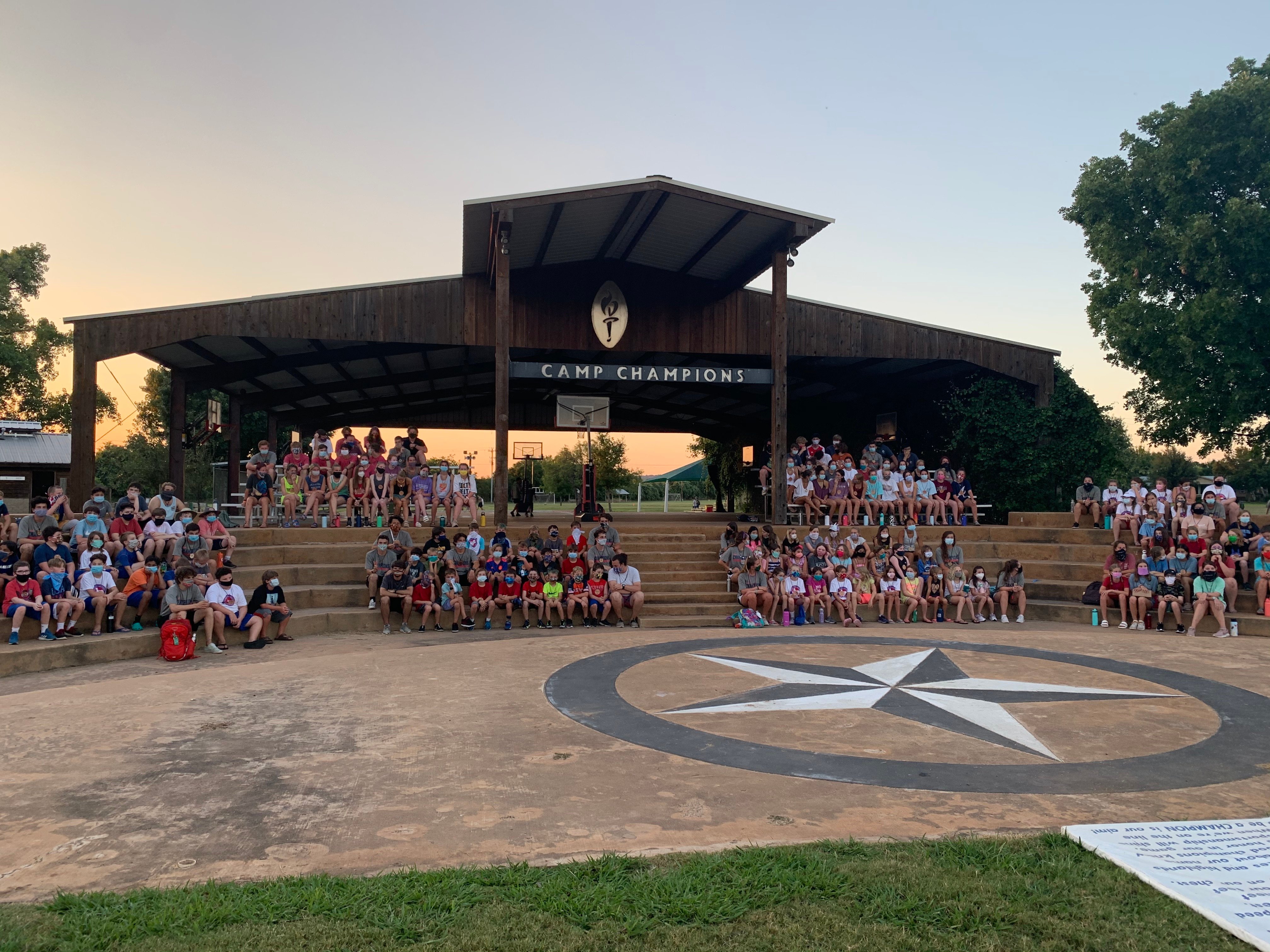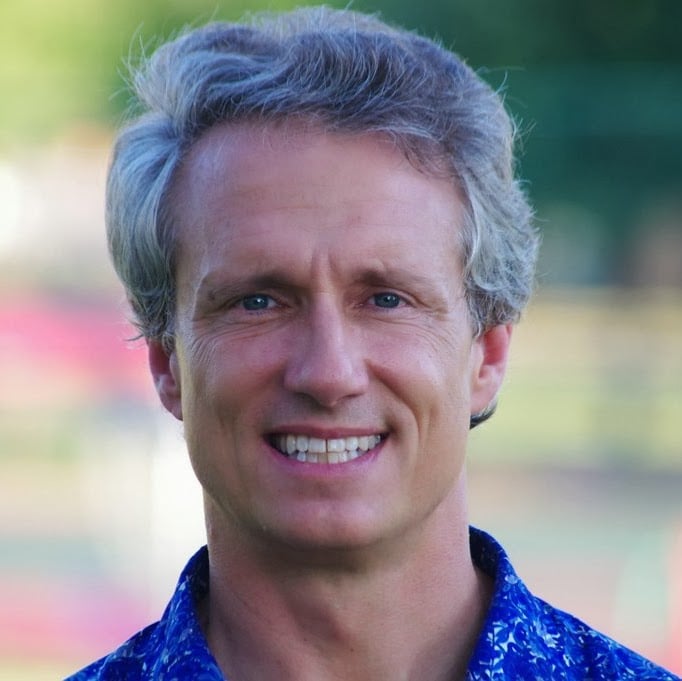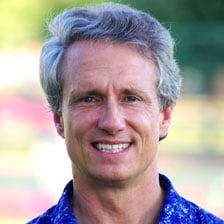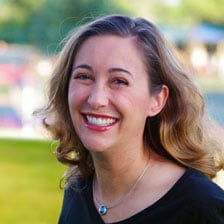
I look forward to writing blogs that are camp, camp, and more camp. But I think I owe you one more explanatory blog before I focus on “life on the lake.”
I want to explain cohorts/platoons.
Cohort is an odd word (say it about 5 times and it becomes a tongue-twister), but an important one, especially in the world of epidemiology.
A cohort is like a household – a group of people that can interact more freely than the general public. When you go to HEB, you might wear a mask and provide 6 feet of distance from other shoppers. But at home, you can give high-fives, share hugs, and play board games.
Masks and social distancing are not really compatible with camp. Camp features connection and play – conversations and community.
By breaking the camp into cohorts/platoons [Note: the counselors voted to call them platoons, but the guidelines call them cohorts, so I will use both.], we are able to create “households” that can play and interact like normal kids.
For clarification, the cabin is the most intimate unit. Campers sleep, dine, and use the bath houses as a cabin. The cohorts are groups of 2 or 3 cabins that participate in activities together, making it so that campers have a nice group of 30 or so friends to have fun with.
But cohorts have a second advantage. By keeping the different cohorts separate, we can limit the spread of any potential sickness.
Camp is a magic show, and this year, cohorts allow us to put on that special performance for the kids.
They’ll have the same adventures and make wonderful memories, just in smaller groups. In essence, cohorts allow camp to be camp.
We had a chance to practice this in 2009 during the H1N1 “swine flu” pandemic. We had a pair of cabins with one camper who tested positive for H1N1. Sadly, he had to go home, but his cabinmates did not. We then created a completely separate schedule for the two cabins. They went to water toys, climbed the wall, enjoyed Fine Arts and all the other activities. They even got their own dance. They just did each activity at a time when they were the only group there. After they left an area, we put extra effort into cleaning and disinfecting to make sure the next group would not be affected.
When you see photos of campers with their arms around each other, this is how we can do it. They are all part of the same cohort or cabin.
With that said, I hope you enjoy the more campy blogs from here on out!
Steve Sir
PS This photo is from Torchlight. It is virtually the only time campers wear masks. I was not sure it would work, but during orientation the counselors insisted on it. We explained that yelling and singing loudly can be a little like coughing or sneezing. With that in mind, we asked the counselors if they would like us to have a more sedate Torchlight. They were having none of it – Torchlight is about yelling and being silly. So for 20-30 minutes most evenings, we sit with our cohorts, wear masks, and have a blast. My prediction is that years from now, campers will brag that they were at camp during the summer of “masked torchlight!”


